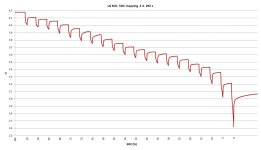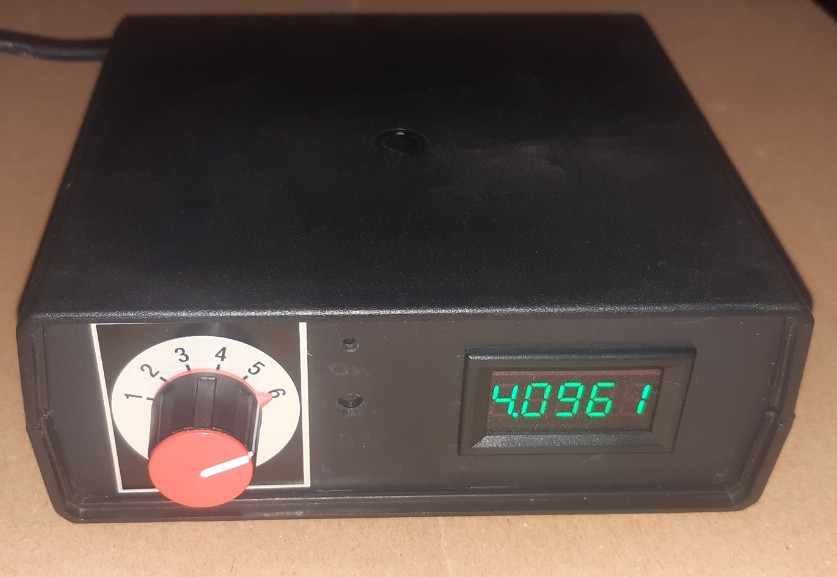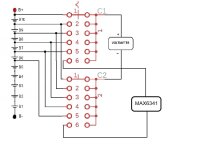Pajda
10 kW
docware said:New batch of pictures : Samsung 30Q 472 cycles, LG MJ1 435 cycles, SONY VTC6 200 cycles, Samsung 21700 50E 165 cycles, Samsung 35E 125 cycles, LG HG2 64 cycles.
50E curve is obviously influenced by the ZKETECH failure.
Yes both cells are definitely artificially damaged by the tester. That is the destiny of those who do not trust the old viwes's stories and trying to get own results with the use of proper measurement principles. It won't help you, but you are not alone who is suffering with a ZKE tester mood. This winter my PC with ZKE software running died and I was not able for two weeks to replace it. Those wonderfull testers over-discharge almost all cells during that time. So I lost several months long measurement for ca 20 cells.
So do not let this upset you and just continue with your great work for the community.








